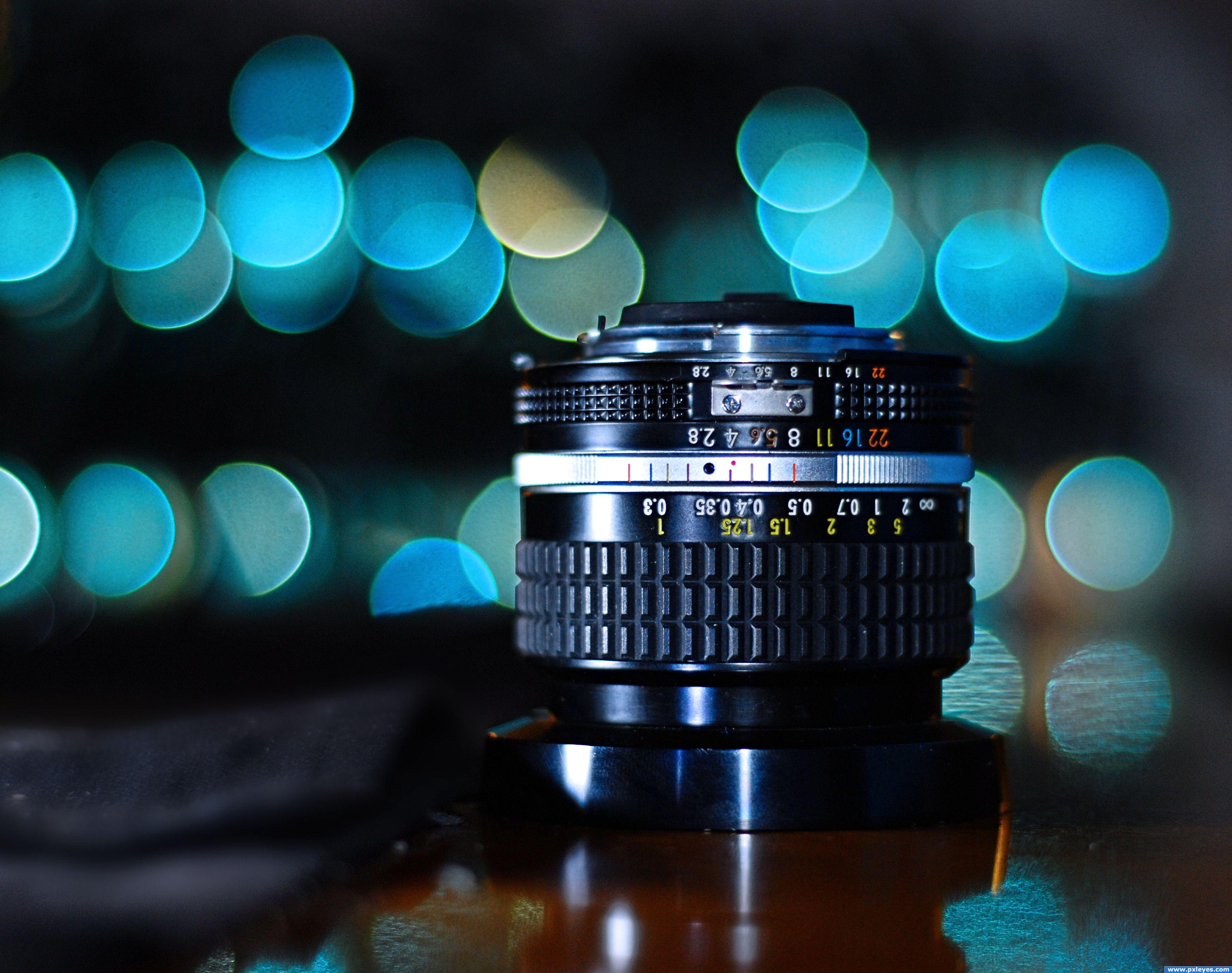


I also find myself using the Panasonic 25mm 1.4 practically everyday. Next step would depend on what you do the most of – for travel, street style and city shots I’d go for the 17mm 1.8, but if you are getting very serious about detail shots, blur and portrait you might want to consider saving up for the 75mm 1.8. Alternatively, you could go for an old OM 50mm 1.8 or 1.4 lens on eBay which are less than £100 and you can pick up a cheap converter ( OM – M4/3) for under a tenner. It’s also the cheapest lens here coming in about £220.

It’s a great blogger lens as you can get gorgeous blur, lovely detail shots but also use for outfit shots (if you have enough room).

If you’re looking to buy your first prime lens, out of the lenses I’ve used, I would definitely go for the Olympus 45mm 1.8. In terms of editing, I did a small amount of brightening & contrast in Lightroom on each shot, all exactly the same… I actually often take both out with me with a different lens on each to save changing lenses! In this post, I wanted to show you what a range of micro four thirds lenses opened to their widest aperture can do… I sort of tried to set up ‘test conditions’ but being an inconsistent type haven’t really kept each shot exactly the same, so it’s only really for general demonstration to show the amount of blurring of each lens. I say, go cheap on the body and spend on the lenses!Īll my test shots were taken on the brilliant little PEN E-PL7(update: these all work with the new model Pen E-PL8) , the new little sister camera to the E-P5 which is my main camera. The Olympus 45mm 1.8 is a beauty too and great value for money in the world of lenses, which is an expensive ones unfortunately. My day to day arsenal of lenses include the Olympus 75mm 1.8 which I like to use for outfit posts as well as more detailed work – but it’s such a long lens you need to back away loads to get your subject in shot – the Panasonic 25mm 1.4 (which I haven’t featured here as my test shot was on the wrong settings – sorry!) and the very neat Olympus 17mm 1.8, which is great for travel and city shots as you can get so much in frame. Micro four thirds lenses made by other companies like Panasonic and Voigtlander will fit straight onto an Olympus, whereas the older OM lenses need an adapter.
BOKEH LENS MANUAL
After a little online research, I realised it was not only possible, but there were all sorts of options to explore in addition to the Olympus range, including the mind-blowing dreamy haze of old Olympus manual 50mm lenses, 1.4 apertures from Panasonic and heavy-weight, ground-breaking lenses like the Voigtlanders with apertures stopping down to 0.95. When I was deciding to switch from my old DSLR to micro four thirds one of my main concerns was whether I could get the same results as I was getting with the much-loved Canon 50mm 1.4 lens. Let’s face it, in the world of blogs it’s all about the blur, right? Or bokeh, if you prefer (bokeh is a Japanese word that refers to the quality of the blur – often down to personal preference.) This is one of my favourite creative aspects of photography, isolating a subject with shallow depth of field to such an extent the background is a dreamy hazy blur and one of the main reasons I use only prime lenses (the other being I like how you’re forced to work harder with a prime, having to move about to get your shot).Īlso, I know there are super duper zooms out there that can produce great blur, but I just don’t know which ones as I haven’t used them, so sorry I can’t help you on that! From my understanding and experience so far, to get great blur ideally you need a prime lens of 1.8 aperture or lower – most of the top personal style bloggers work with a 50mm 1.4 or even 1.2 lens – and to get close in to your subject and allow lots of space behind. This is quite a geeky little look (but by no means hi-level profesh!) at a range of micro four third lenses to show that you can get just as good blur and bokeh as on bigger frame DSLRs… I’ve been meaning to do a lens post for a while now.


 0 kommentar(er)
0 kommentar(er)
